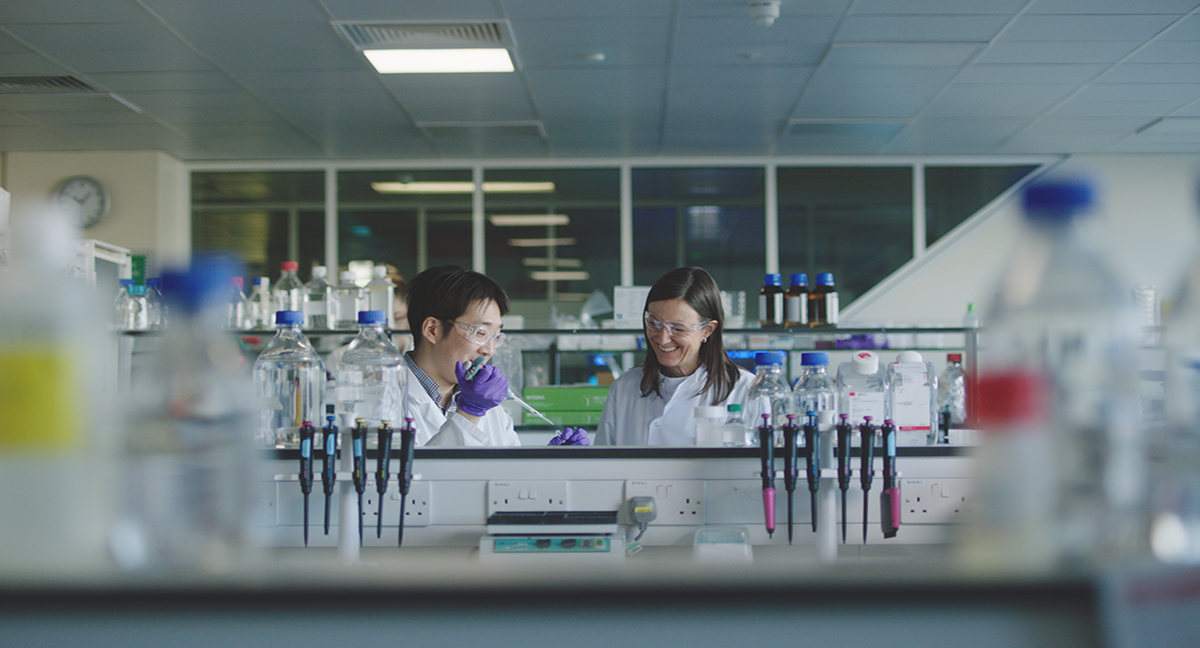
Embracing patient-centered research: the transformative power of partnership
As we gather at the 10th Congress of the European Academy of Neurology (EAN) in Helsinki, we look forward to engaging in discussions about the latest scientific progress and clinical advances in patient management. However, amidst the ever-evolving healthcare landscape, one concept stands out as a guiding principle for transformative progress: patient-centered research. By placing patients at the forefront of scientific inquiry, we can drive innovation, improve patient outcomes, and shape human-centric science.
Understanding the patient perspective
Patient-centered research begins by recognizing that patients are not passive recipients of care but active partners in the research process. Their insights and experiences provide invaluable guidance for scientists and clinicians. By listening to patients, we gain a deeper understanding of the impact of diseases on their lives, uncover unmet needs, and identify areas for improvement. This empathetic approach fosters a collaborative environment where patients and researchers work hand in hand to drive innovation.
At UCB, we firmly believe that this form of partnership is more transformative than any other. By building trusted relationships with patients, we gain insights into the personal impact of their conditions that cannot be obtained from trial data or the test tube alone. This partnership aligns the medical and clinical perspectives of professionals with the holistic perspective of patients' life experiences. By working together, we can amplify the success of new discoveries and create breakthrough innovations.
The power of partnership
Partnership with patients is a valued relationship that requires investment and long-term commitment. It enables us to align efforts, maximize results, and address challenges from different perspectives. By prioritizing the individual needs, preferences, and experiences of patients, we can drive personalized healthcare. For example, in our clinical trials, we strive to make participation as easy as possible, minimizing disruption to participants' day-to-day lives.
领英推荐
By combining patient-centered design with innovative technologies, we increase flexibility and optionality. So, for example, our understanding of myasthenia gravis (MG) has been enhanced by the MG Symptoms PRO scales, a tool co-developed by UCB with over 90 adults living with MG and MG clinicians that provides a quantifiable means of assessing MG symptoms, aligning with patients' lived experiences and paving the way for the development of enhanced management strategies.
Enhancing research through patient insights
By actively listening to patients and incorporating their insights, we can enhance the quality and relevance of our research. Patient-reported outcomes, such as fatigue and symptom improvement, provide valuable insights into the effectiveness of therapies and help us address the holistic well-being of patients. This data-driven approach ensures that our research is grounded in objective evidence and tailored to individual needs.
UCB is committed to patient-centered research, as evidenced by our focus on understanding the symptom burden and impact of rare diseases like MG. At this year's EAN congress, we are showcasing data that highlight patient-reported outcomes, such as fatigue and symptom control.
Now that we’ve moved away from seeing patients as just patients, let’s continue to prioritize the insights from people’s lived experiences to drive transformative advancements in healthcare. Let us invest in building trusted relationships with patients, listening to their perspectives, and collaborating to drive innovation. It is fitting that EAN occurs during Myasthenia Gravis Awareness Month, which highlights the urgency to take action to address the high disease and treatment burden on people living with MG and the importance of listening to their individual needs to help improve treatment outcomes.? Together, we can create a future where patient-centered research is not just a guiding principle, but a fundamental approach that shapes science and improves the lives of patients worldwide.
To learn more about our culture and how innovation drives everything we do, visit Innovation is | UCB.